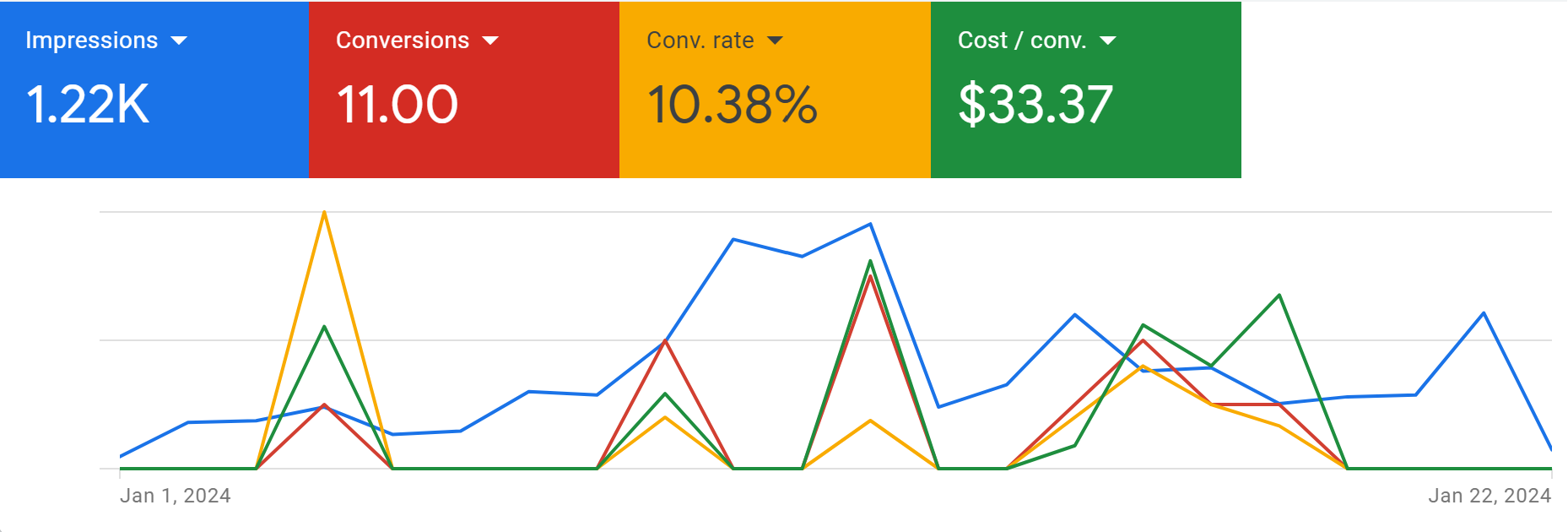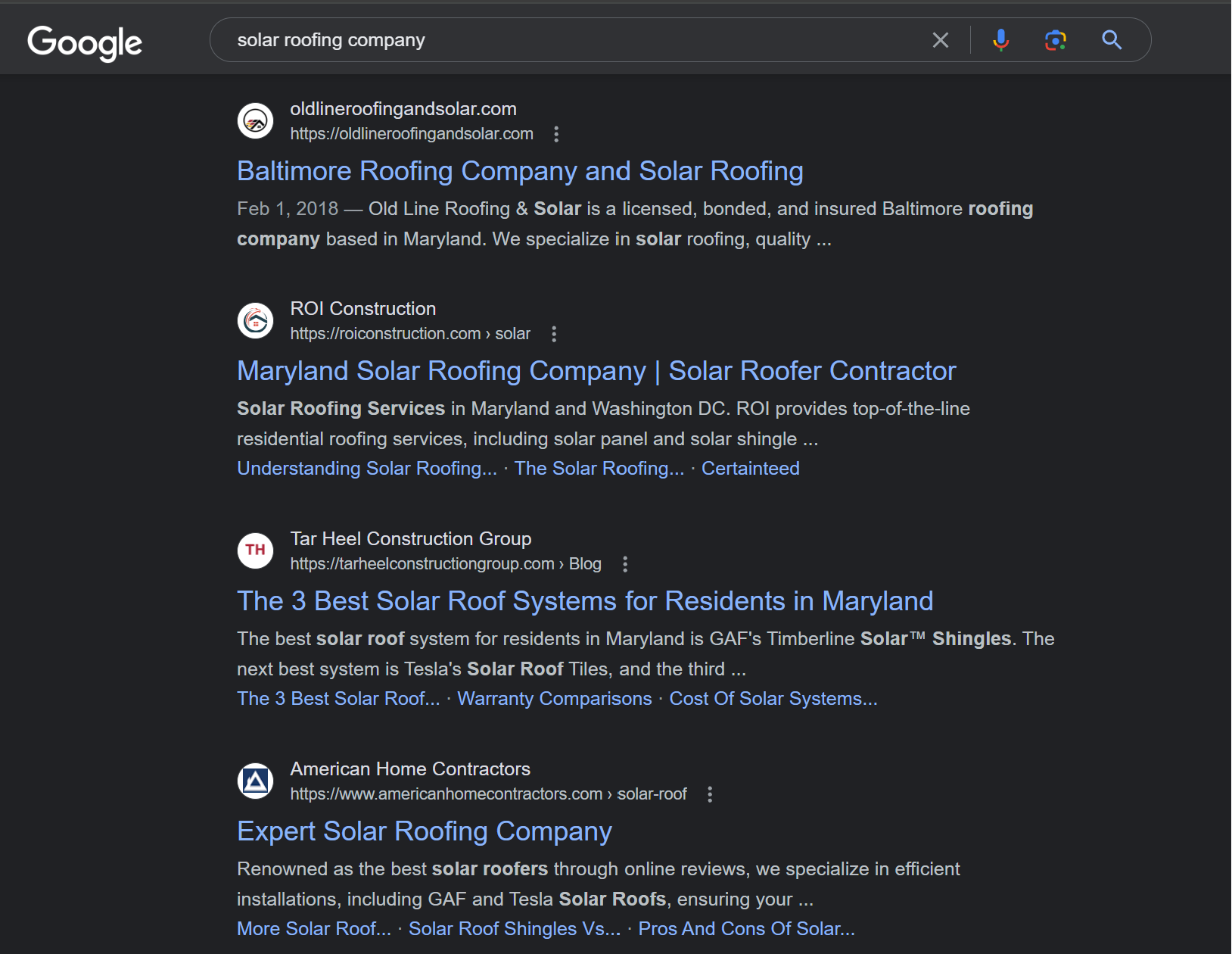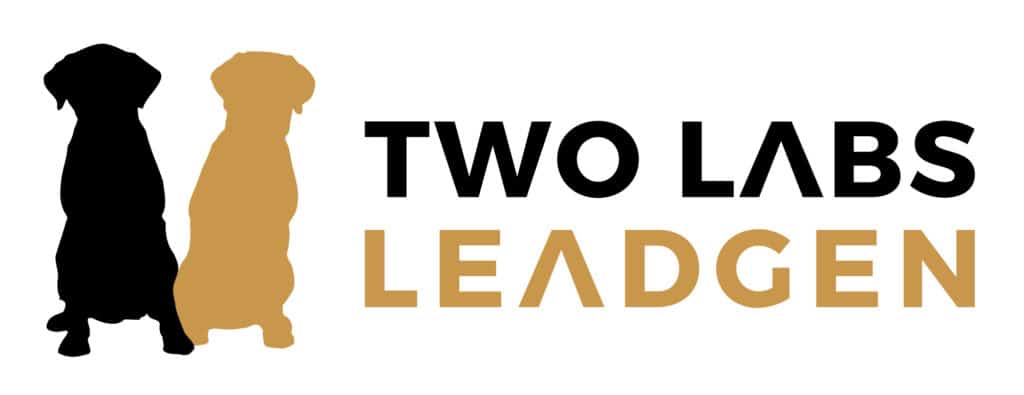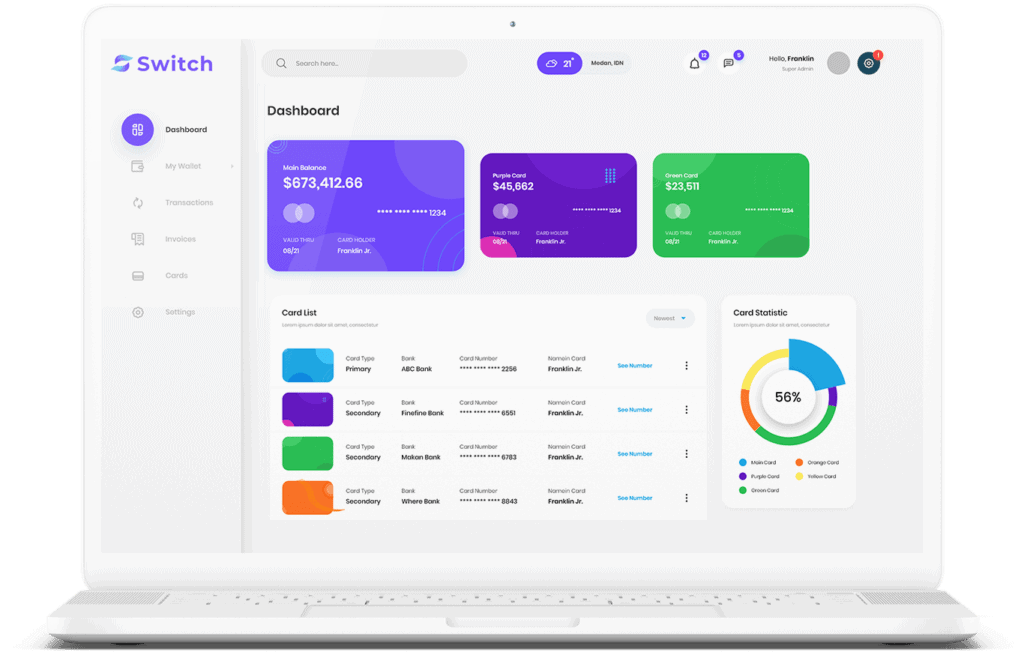Marketing workflow automation is a crucial tool for the successful evolution of businesses in the digital era. This technology-driven approach increases efficiency by automating repetitive tasks, allowing marketers to focus on strategic initiatives. It integrates diverse marketing activities, crafting cohesive campaigns while reducing errors and boosting productivity. An EmailMonday study reveals that 51% of companies have adopted automation, with 58% poised to follow. The future of marketing hinges on automation, presenting new opportunities for growth and success. As such, understanding and embracing the power of marketing workflow automation has become an essential skill for modern marketers.
Key Takeaways
- Marketing workflow automation increases efficiency by automating repetitive tasks.
- Automation reduces errors and boosts productivity.
- Understanding and embracing marketing workflow automation is essential for modern marketers.
- Adopting workflow automation revolutionizes marketing operations and provides a strategic advantage.
Understanding Marketing Workflow Automation
The concept of Marketing Workflow Automation represents a pivotal shift in contemporary business operations, offering a robust solution to optimize marketing processes, enhance efficiency, and ultimately drive business growth. It is a strategic application of technology to streamline and automate repetitive tasks, thereby freeing up valuable resources and time.
From an analytical perspective, implementing marketing workflow automation can significantly improve the accuracy of marketing efforts by reducing human error. It can also provide valuable insights into customer behavior, aiding in the development of more effective marketing strategies.
Innovatively, Marketing Workflow Automation leverages cutting-edge technology such as artificial intelligence and machine learning to predict and respond to market trends, helping businesses stay ahead of the competition. It can also facilitate real-time communication and collaboration, leading to improved decision-making and productivity.
Mastering Marketing Workflow Automation requires understanding its potential and limitations, identifying areas in the marketing process that would benefit from automation, choosing the right technology, and training staff to use it effectively. By doing so, businesses can harness the power of automation to achieve their marketing objectives and drive growth.
The Evolution of Automation in Marketing
Over the last few years, a significant increase in the adoption of automation tools has drastically reshaped the landscape of marketing, propelling it toward a more data-driven and efficient future. Automation has evolved from simple email marketing tools to sophisticated platforms that integrate various aspects of the marketing process, offering seamless workflow and real-time analytics.
The table below provides a snapshot of this evolution:
| Era | Tools | Impact |
|---|---|---|
| The early 2010s | Email marketing tools | Improved communication and customer engagement |
| Late 2000s | CRM and automation software | Streamlined sales and marketing processes |
| Early 2010s | Social media automation | Enhanced online presence and brand awareness |
| Current | Integrated marketing platforms | Real-time insights, personalized engagement, optimized workflows |
Today, marketing automation not only optimizes tasks but also provides strategic insights, enabling marketers to make data-driven decisions. It’s a dynamic tool that continues to evolve, providing innovative solutions to emerging marketing challenges. Embracing this evolution is crucial for marketers aiming for mastery in their field, as it equips them with the tools to keep pace with the rapidly changing marketing environment.
Key Components of Marketing Workflow Automation
Several crucial components unify to form the powerful system of marketing workflow automation, laying a structured foundation for efficient and effective marketing processes. These components not only streamline and simplify tasks but also provide valuable insights, enabling marketers to make informed decisions based on data rather than intuition.
The key components include:
- Marketing Automation Software: This serves as the backbone of the process, automating repetitive marketing tasks, facilitating lead generation, nurturing, scoring, and measurement.
- Content Management System (CMS): This aids in the creation, management, and modification of digital content, ensuring consistent and timely delivery of marketing messages.
- Customer Relationship Management (CRM): This helps manage and analyze customer interactions and data throughout the customer lifecycle, fostering stronger customer relationships.
- Analytics and Reporting Tools: These provide critical insights about marketing performance, helping marketers to measure, understand, and improve their strategies.
- Collaboration Tools: These facilitate team communication and collaboration, ensuring that everyone is on the same page.
Mastering these components will empower businesses to leverage marketing workflow automation effectively, leading to improved efficiency, productivity, and ultimately, better marketing outcomes.
Benefits of Adopting Workflow Automation
Building on the five critical components of marketing workflow automation, businesses can reap numerous benefits from adopting such a system, including enhanced efficiency, improved productivity, and more effective marketing strategies.
Strategically, automation streamlines processes, eliminating manual tasks and reducing the risk of human errors. Consequently, this leads to a significant increase in efficiency, allowing marketers to focus on more meaningful tasks that demand creativity and strategic thinking. Analytically, workflow automation provides valuable data insights. This data-driven approach enables businesses to monitor, measure, and analyze their marketing activities, leading to well-informed decision-making processes.
Innovation is the cornerstone of any successful business. Workflow automation fosters innovation by creating an environment where marketers can experiment and adapt quickly. It is a powerful tool that can transform raw data into actionable insights, allowing businesses to stay ahead of the curve and maintain a competitive edge.
Moreover, workflow automation can effectively manage marketing resources, ensuring optimal utilization. It also promotes transparency, fostering a culture of accountability and collaboration. As a result, businesses can deliver high-quality, consistent, and personalized customer experiences.
In essence, adopting workflow automation can revolutionize a business’s marketing operations, providing a strategic advantage in today’s competitive marketplace.
Streamlining Processes With Automation
In our pursuit of efficiency and productivity, we must consider the role of automation in streamlining marketing processes. The integration of automation into marketing workflows eliminates manual tasks, reduces errors, and optimizes resource allocation. This translates to increased productivity, improved marketing ROI, and enhanced customer experience.
To fully harness the potential of automation, consider these key aspects:
- Process Analysis: Identify repetitive, time-consuming tasks that are ripe for automation.
- Choose the Right Tools: Invest in automation software that aligns with your marketing objectives and strategies.
- Integration: Ensure the automation tool integrates seamlessly with your existing systems.
- Training: Equip your team with the necessary skills to utilize the automation tool effectively.
- Monitor and Adjust: Regularly review your automation strategy and make adjustments based on data-driven insights.
Adopting an innovative and strategic approach to automation will streamline marketing workflows, leading to significant time and cost savings. Moreover, it frees up your team to focus on more strategic tasks, fostering creativity and more meaningful customer interactions. Embrace automation, and transform your marketing operations into a powerhouse of efficiency and productivity.
Improving Efficiency With Marketing Workflow Automation
With the proper implementation of marketing workflow automation, a substantial increase in operational efficiency can be achieved, providing enhanced productivity and cost-effectiveness in your marketing strategies. This system enables businesses to streamline mundane tasks, allowing teams to focus on strategic initiatives and creative processes.
| Benefits of Marketing Workflow Automation | How It Improves Efficiency |
|---|---|
| Streamlined Processes | Eliminates manual tasks, reducing time and resources |
| Enhanced Communication | Provides real-time updates, ensuring all team members are on the same page |
| Improved Decision Making | Provides valuable data for insights and strategic planning |
| Increased Productivity | Allows teams to focus on high-value tasks, boosting overall output |
Strategically, marketing workflow automation helps in effectively managing and tracking marketing campaigns. Analytically, it offers data-driven insights for better decision-making. Innovatively, it integrates with other technologies, providing a holistic approach to marketing.
Implementing Workflow Automation for SEO
To effectively optimize search engine results, one must consider the implementation of workflow automation specifically tailored for SEO. Workflow automation in SEO not only streamlines tedious tasks but also allows for more accurate tracking and analysis of SEO efforts. This strategic approach ensures consistent and efficient SEO practices, which can significantly improve a website’s ranking and visibility.
Here are some key aspects to consider when implementing workflow automation for SEO:
- Keyword Research Automation: Automating this process can help identify high-value keywords efficiently.
- SEO Audit Automation: Regular automated audits can highlight areas needing optimization.
- Content Optimization Automation: Tools can suggest improvements based on SEO best practices.
- Link Building Automation: Streamline the process of finding potential link-building opportunities.
- Reporting and Analysis Automation: Automated reports provide valuable insights for strategy optimization.
Addressing Common Concerns About Automation
Despite the evident benefits, there are common concerns about the integration of automation into marketing workflows that need to be addressed. Fear of technology replacing human creativity and intuition is one such apprehension. However, it’s crucial to understand that automation is a tool designed to augment human efforts, not replace them. It streamlines repetitive tasks, freeing up valuable time for creative and strategic endeavors.
Another concern is the perceived complexity of implementing automation. While the transition may require some upfront effort and training, the long-term efficiency gains far outweigh the initial investment. Moreover, many modern automation tools come with intuitive interfaces and comprehensive support, simplifying the adoption process.
Data security is also a significant concern. It’s important to choose a reputable automation tool that adheres to stringent security standards to ensure your data is secure.
Lastly, there’s a worry about the cost of automation. While there’s an upfront cost, the increased efficiency, productivity, and improved decision-making abilities it provides result in significant ROI in the long run.
Investing in the Right Workflow Automation Tools
In the realm of marketing, making strategic investments in appropriate workflow automation tools can dramatically enhance efficiency and productivity. The right tools can streamline processes, improve team collaboration, and ultimately lead to higher marketing ROI. However, choosing the appropriate tool requires careful consideration of a variety of factors including the tool’s scalability, ease of use, integration capabilities, and cost.
To aid in your decision-making process, consider the following key features of effective workflow automation tools:
- Scalability: The tool should be able to grow with your business and handle increasing workload.
- Ease of Use: User-friendly interfaces and intuitive designs are essential to facilitate quick adoption among team members.
- Integration Capabilities: The tool should be able to seamlessly integrate with other tools used in your business to ensure smooth workflow.
- Cost Effectiveness: While the tool should provide value for money, it should also fall within your budget constraints.
- Customizability: The tool should allow custom workflows and processes that align with your unique business needs.
Investing in the right workflow automation tools is a strategic move that can lead to significant productivity gains and competitive advantage.
Training Your Team for Workflow Automation
Proper training of your team for workflow automation is a paramount step toward achieving marketing efficiency and productivity. A well-educated team can maximize the potential of automation tools, streamline operations, and elevate customer experiences.
Strategically, it is vital to identify the skill gaps within your team. An analytical approach to this would involve assessing individual member’s proficiency in handling automation tools and their ability to adapt to new technologies. This assessment can help in designing a tailored training program that addresses these gaps effectively.
Innovation plays a pivotal role in training. Instead of traditional methods, consider leveraging digital platforms, simulations, and interactive sessions that can foster active learning. Remember, the goal is not just to familiarize the team with the tool but to empower them to exploit it for strategic advantage.
Elevate your training approach by incorporating real-life scenarios and problem-solving exercises that stimulate critical thinking. Encourage your team to challenge the status quo and innovate within the framework of the automation tool. This will not only enhance their mastery of the tool but also catalyze creative solutions for your marketing workflows.
Investing in your team’s growth will ultimately lead to a more efficient, productive, and innovative marketing operation.
Measuring the Success of Your Automation Efforts
To gauge the effectiveness of your automation efforts, it is crucial to set up metrics and KPIs that accurately reflect your marketing goals. These metrics will help identify if the automation is leading to desired outcomes and can inform strategic decisions for future campaigns.
Here are key indicators to measure:
- Conversion rates: This measures the percentage of prospects that are converted into customers. It provides insight into how effective your automation efforts are at nudging prospects along the sales funnel.
- Customer acquisition cost (CAC): This calculates the cost of acquiring a new customer, which helps determine the financial viability of your automation efforts.
- Customer retention rate: This reveals how well you’re retaining customers, which is vital in assessing the long-term success of your automation efforts.
- Revenue metrics: These metrics, such as revenue per customer and lifetime value, help understand the financial impact of your automation efforts.
- Campaign-specific metrics: These track the success of individual campaigns and can provide granular insights into specific areas of your automation strategy.
Future Trends in Marketing Workflow Automation
Assessing the trajectory of advancements in the field, we can identify emerging trends that will shape the future of marketing workflow automation. As businesses increasingly digitize their operations, the adoption of automation technologies is set to rise.
Artificial intelligence (AI) and machine learning (ML) are at the forefront of this evolution. They are predicted to enhance workflow automation by enabling predictive analysis, offering real-time insights, and tailoring workflows to specific needs. This precision will significantly improve efficiency and reduce errors, providing a competitive advantage for businesses.
Integration of automation across multiple platforms is another key trend. With the proliferation of digital marketing channels, businesses require a centralized system that can manage and streamline tasks across these platforms. This integration will provide a unified view of marketing efforts, optimizing resource allocation and boosting overall productivity.
Finally, we foresee an increased emphasis on data privacy and security. As businesses handle vast amounts of sensitive data, implementing robust security measures within the automation tools will become critical.
The future of marketing workflow automation is dynamic, driven by technological advancements and evolving business needs. Embracing these trends will be pivotal for businesses seeking to maximize efficiency and stay ahead in the competitive landscape.
Frequently Asked Questions
What Is the Average Cost of Implementing Marketing Workflow Automation in a Mid-Size Company?
The average cost of implementing marketing workflow automation in a mid-size company varies, but generally falls between $200 to $800 per month, depending on the complexity and scale of the operations involved.
How Can I Integrate Marketing Workflow Automation With My Current CRM System?
Integrating marketing workflow automation with your existing CRM system can enhance efficiency and effectiveness. This process typically involves syncing data, customizing automation rules, and configuring settings to ensure seamless communication between the two platforms.
What Are the Potential Risks Associated With Over-Automation in Marketing Workflows?
Over-automation in marketing workflows can pose risks such as data overload, dehumanization of customer interactions, and potential loss of creativity. It can also lead to over-reliance on technology, reducing strategic human intervention.
Can Marketing Workflow Automation Be Applied to B2B Marketing Strategies, or Is It More Suited for B2C?
Marketing workflow automation can be effectively applied to both B2B and B2C marketing strategies. It enhances efficiency, personalization, and data-driven decision-making, benefiting both business-to-business and business-to-consumer operations. Check out this video from TikFlow RPA ‘Automating B2B Lead Generation from Google Maps‘.
What Is the Estimated Timeframe for Seeing Measurable Results After Implementing Marketing Workflow Automation?
The estimated timeframe for realizing measurable results post-implementation of marketing workflow automation varies, usually within 3-6 months. Factors include complexities of marketing strategies and proficiency in utilizing automation tools effectively.
Conclusion
In conclusion, the ascension of Marketing Workflow Automation elucidates the dawn of a new epoch in the marketing industry. Akin to a well-oiled machine, it streamlines processes, heightens productivity and fortifies customer engagement. As companies increasingly adopt this powerful tool, it is poised to delineate the future trajectory of marketing. Therefore, understanding, implementing, and leveraging this technology is not just an option, but an imperative for marketers to thrive in the digital age.
Sources:
Emailmonday “The Ultimate Marketing Automation stats”. (2023)










